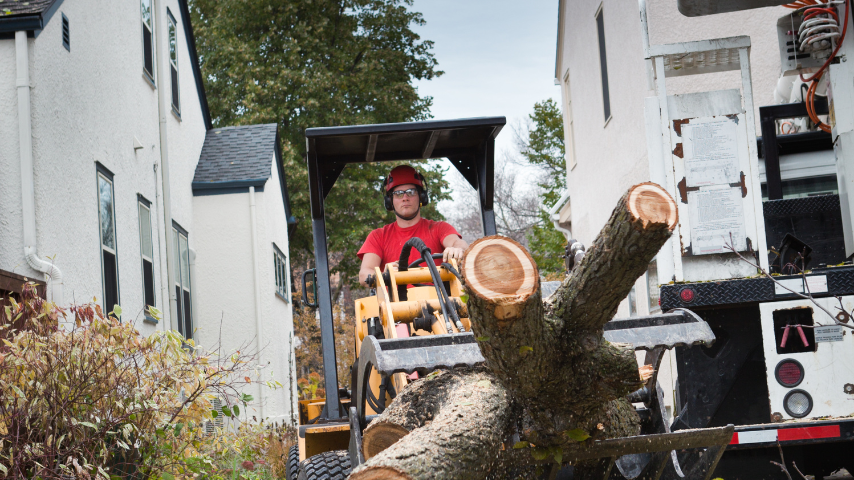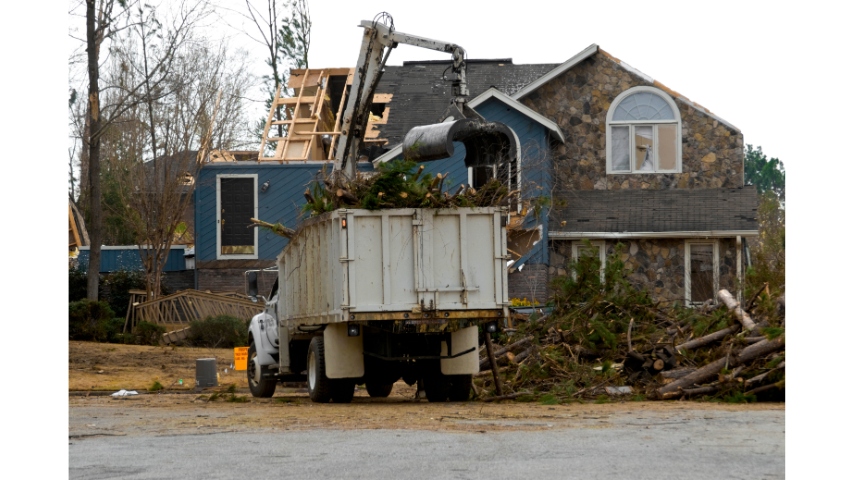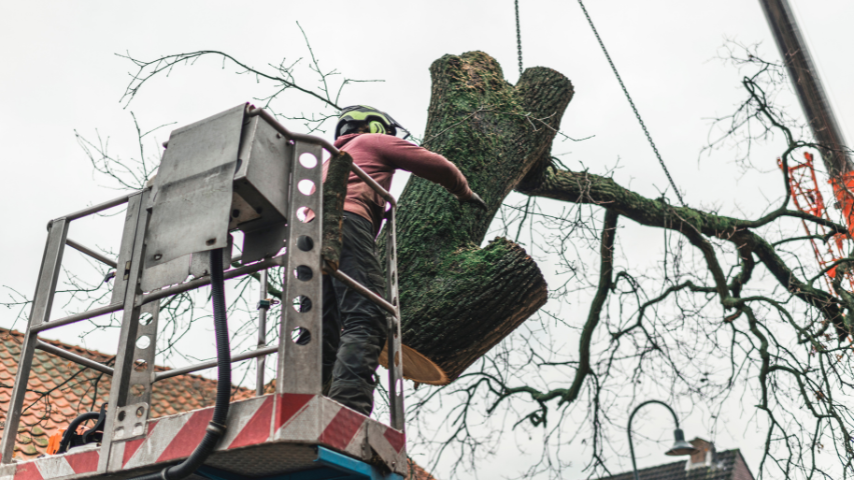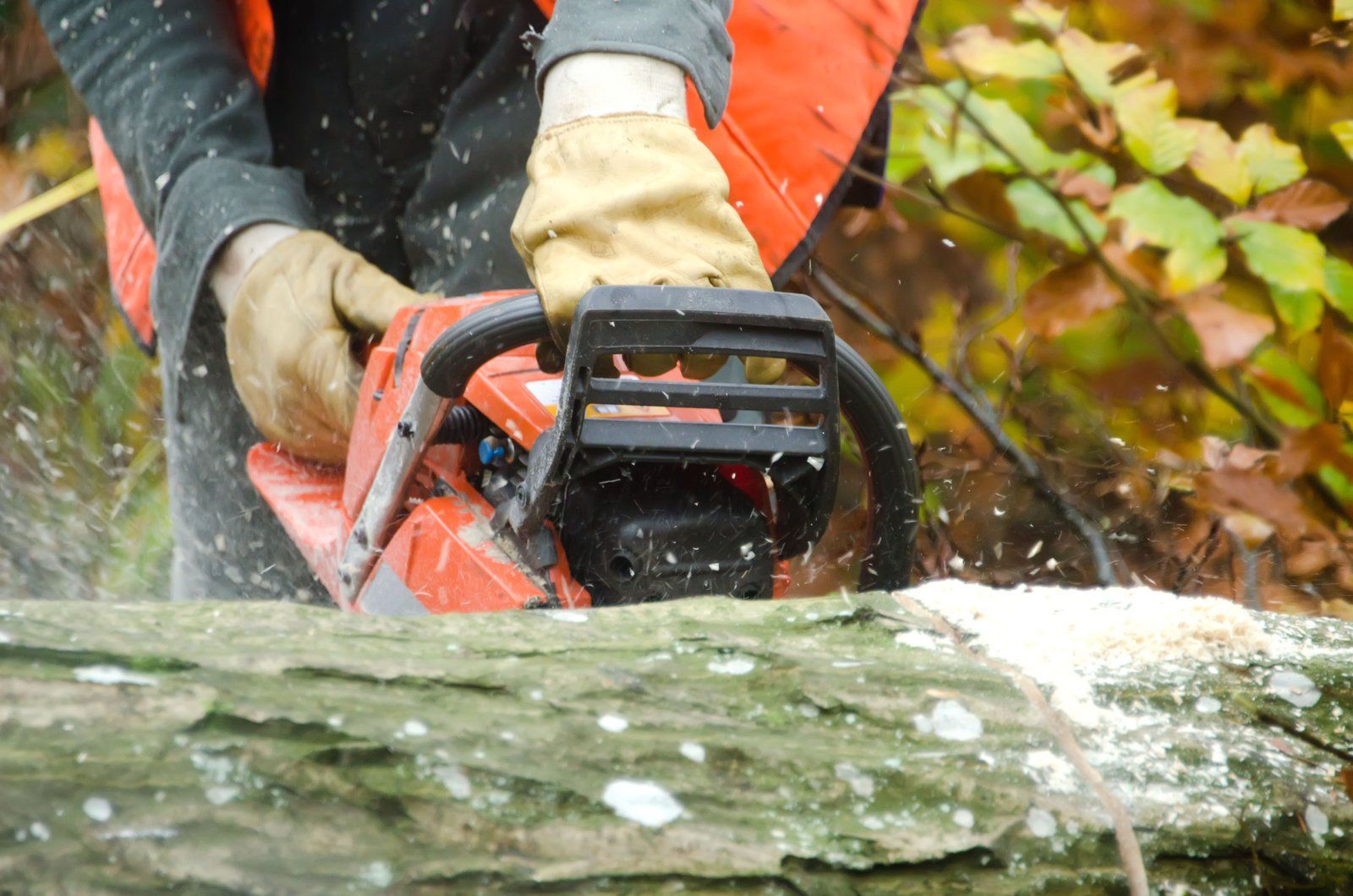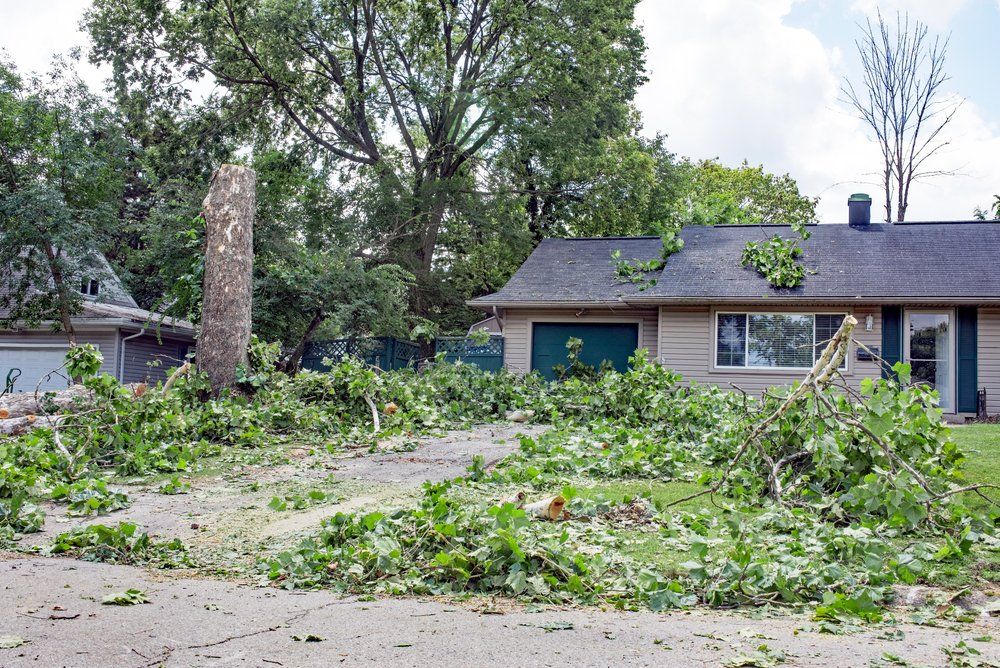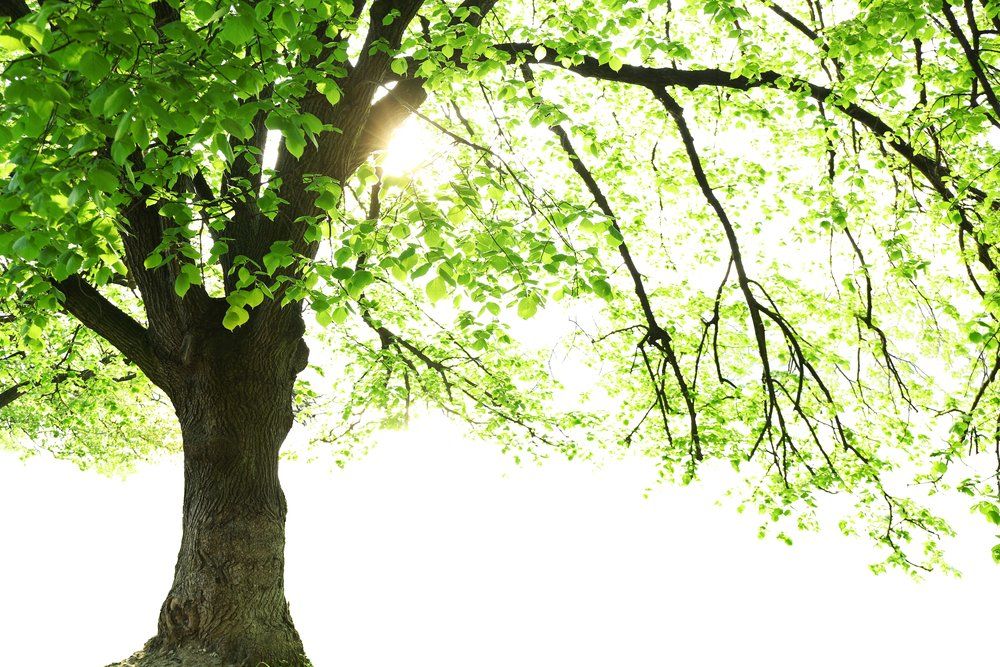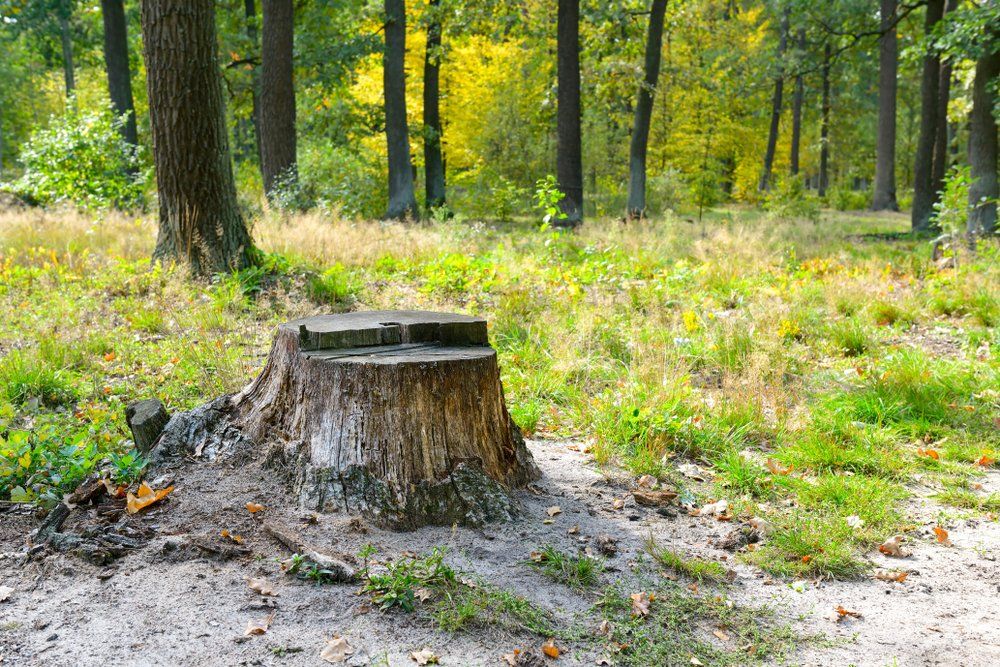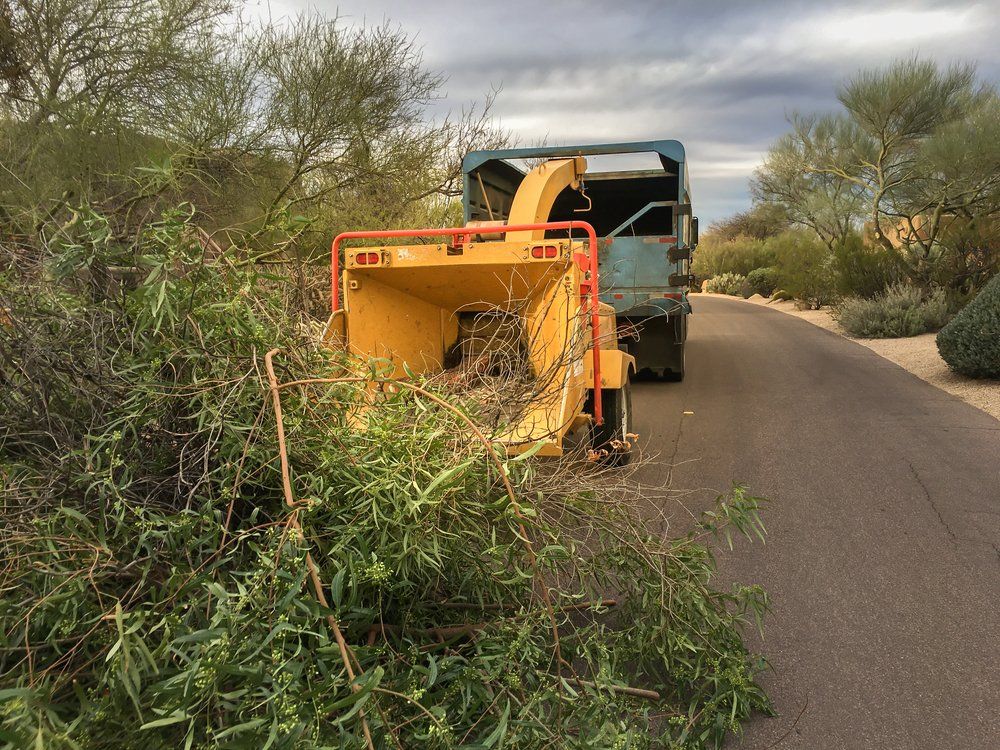Tree Cabling and Bracing Pro Tips
When using a cable system to support a tree, there are several things to remember. You must inspect your tree cables on a regular basis. They can become damaged over time, so you must pay attention to them. If you notice any changes in the structure of your tree, contact an arborist in your area for help. The best way to ensure your tree cables are properly installed is to consult an arborist.
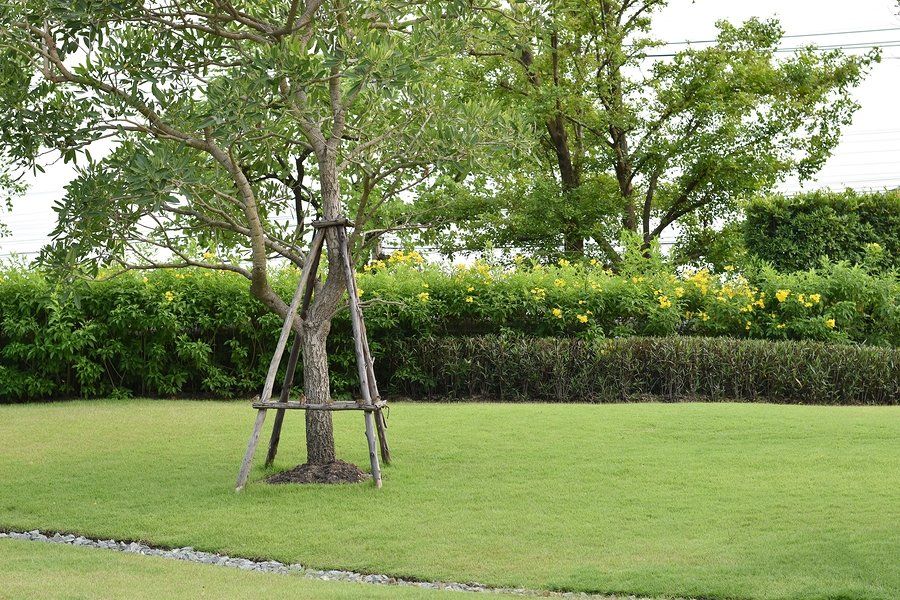
Simple-direct cable system
The Simple-direct cable system for tree cabling is made of three parts: a wire, an eye nut, and a steel cable. The eye nut is secured to the trunk by means of hardware called an axon-eye and a thimble or dead-end grip. The cables are designed to prevent movement at the union where the tree is weakened. The cables must be adjusted in tension each year.
There are a variety of tree cabling systems on the market. Cables can be dynamic or static and are made of steel or braided nylon rope. Dynamic cables can be used for low-risk trees, while static cables are designed for larger trees. Both can be used to protect a tree. Whether you're planning a tree-trimming project or a larger-scale tree bracing project, tree cabling is essential for the safety of your trees.
The cost of tree bracing and cabling depends on many factors, including the size of the tree, the location of the braced tree, and the extent of the work required. Consult a Nebraska Tree Service ISA Certified Arborist for an accurate quote. A tree with multiple stems, poor growth pattern, or many branches may be considered an inappropriate candidate for cable installation. If your tree is healthy, it should be inspected regularly by an Arborist for any potential damage.
The Simple-direct cable system for tree cabling is the most flexible and efficient way to support large-diameter trees. It can be used in conjunction with bolting or a support system. If your tree has a split in its trunk, cabling may be necessary. However, it may be necessary to add support to some limbs to avoid major splits or cracks.
In order to install tree cabling, arborists need to drill a hole into the trunk. Then, they thread the cable through the opening and secure it in place. The system is so simple and understated that most people will not even realise it's there. Arborists should be consulted before attempting the task themselves, as it can be dangerous. You may wish to hire a professional arborist to perform the work for you.
Triangular cable system
Whether or not a tree needs to cable depends on the condition of its roots and overall health. Weak decaying limbs and branches should be removed before cabling is installed. Prior to installation, it is best to prune the trees to reduce the weight of limbs and leaders. If multiple cables are needed, they should be spaced at least twelve inches apart and attached to separate anchors.
Trees that have significant problems can be cabled and braced. Cables are designed to restrict the movement of supported branches, reducing their risk of failure during storms. Trees with cable and bracing should be professionally pruned and checked every year from the ground. A qualified Arborist should evaluate all trees before installation. Bracing requires annual ground inspections and should be evaluated every five years.
If multiple cables are needed, a triangular cable system is an effective choice. Cables are installed directly or indirectly in the tree and can be used as stand-alone support or as part of a complete tree bracing system. Tree cabling systems are made to work with brace rods and other bracing systems. There are several types of tree cabling systems and they each have their own applications.
Proper tree guying systems are essential for tree support and maintenance. Properly installed cables must be vertically aligned and heat-treated to prevent any damage to the tree's branches. A properly installed system can provide a stronger foundation and a better environment for your landscape plant. And if you have a problem with a tree that is already mature, you may want to consider installing guying.
Another important thing to remember is that a tree with multiple large limbs will often require multiple cables. For this reason, you should use larger cables and bolts. Make sure that the bolts are installed safely away from other limbs and other objects. Lightning protection systems should be attached with appropriate connectors. If you're concerned about safety, consider using a gas-powered drill. They will have a forward and reverse setting and are much less hazardous than a power cord.
Simple-direct system
Tree cables are made of extra-high-tensile steel and are attached to bolts at the crown of the tree. They can be manipulated and installed to reduce the movement of weak limbs and the weight that fall on them. Tree cables have been used for decades to maintain the health of trees. They can also be easily removed and replaced if needed. To install a tree cable, follow these instructions.
The simple-direct cable system is ideal for trees with weak crotches or long horizontal branches. If the branch crotches are bark-covered, it is best to install a cable between two leaders or between a horizontal branch and the trunk of the tree. When a triangular system is needed, a third branch or leader can be added to the cable system. A simple-direct system provides lateral support but will not prevent torsional twisting.
These systems are used for both static and dynamic tree bracing. The Mini-System is designed to direct young trees into proper form. The Standard System is designed to prevent excessive movement and prevent failure of weak limb unions. They are also used to guy big transplants. And the best part? The cobra system is available in multiple colours, making it easy to match the existing tree cabling and bracing system in your garden.
If a tree is growing too close to your home, or if you want it to grow more in a more favourable direction, then it may be time for a tree cable. A cable can encourage young trees to grow in the direction that is better for them, while also correcting inconvenient structures. For example, a weak branch can be a result of extreme weather conditions or co dominant stems that weigh down on the rest of the tree.
A cabling and bracing system are a crucial part of the restoration process of a tree. It helps restore the tree's balance when it is compromised by a major limb falling off. In fact, it can prolong the life of a healthy tree, protecting it from further damage and keeping it from falling over. And while tree cabling and bracing systems are expensive, they are the best investment for your home or business.
Dynamic cable system
Dynamic cable systems for tree cabling and bracing use a woven rope-like material to attach cables around the stems of trees. The cables are designed to be flexible and allow natural movement between the tree stems while providing support. Multiple cables may be needed for proper support and placement. A Certified Arborist can recommend the best cabling method for a particular tree. Dynamic cables also help prevent girdling, or restricting the tree's bark and vascular system.
Trees can become unstable due to extreme weather conditions or defects. The dynamic tree cabling system helps provide limb support, saving trees from removal. Whether trees are split diseased or simply old and in need of support, the dynamic cable system can help them remain in place. And because trees are dynamic, the system is easy to install. A professional tree service will examine the integrity, and health of the tree, as well as discuss a range of options.
The cables are installed in trees that are deemed a safety hazard for people or property. The risk level for a tree is usually determined by the location and target of the tree. While a tree in a field is unlikely to pose a safety risk, a tree near houses or public gathering spaces may be a greater risk. In addition to tree cabling and bracing, tree cabling also helps fix broken or decayed branches.
While the tree-cable systems are an important part of a tree-care plan, they require routine inspection and maintenance. These visits ensure the effectiveness and durability of the tree cabling system. It is recommended that arborists visit the tree every two years and inspect it after a significant weather event. Alternatively, a Certified Arborist can devise a customised supplemental support system for your tree based on the type of trees and the specific needs of your community.
Depending on the type of tree, the cabling and bracing system may be necessary to support it in different ways. While steel cables have a higher lifespan, dynamic cables are more flexible and photo degrade faster than steel cables. A tree may require bracing in addition to cabling, but bracing is generally necessary when a weak crotch is present. This is often done in conjunction with cabling.

